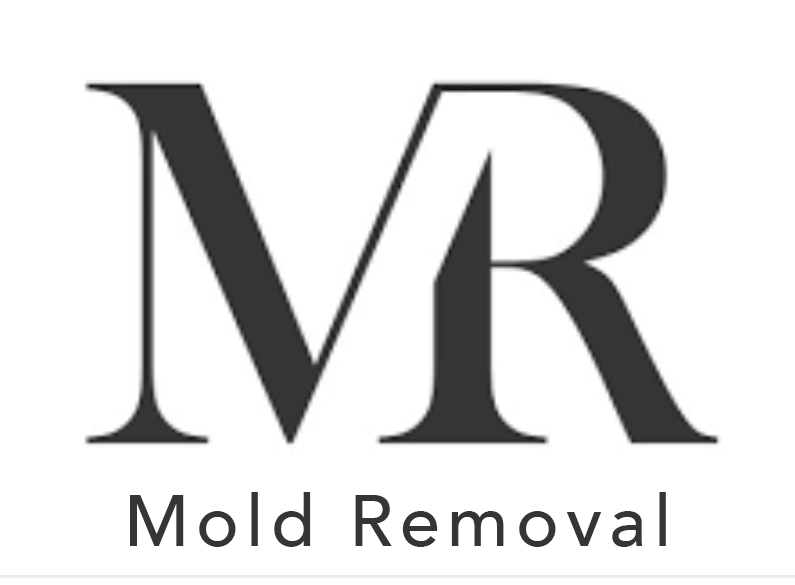Follow Us x
Mold Remediation
FIND A MOLD REMEDIATION AND REMOVAL SERVICE IN STERLING, RESTON, VA & POTOMAC, MD
Mold remediation is expensive, disruptive, and more elaborate than you think it is.
You may NOT have access to certain parts of your home for a few days. We probably have to remove some building materials from your home that will need to be replaced later. And you have to have a big machine running in your home, day and night, for at least 2 days. NOISE and Improved smells will occur.
Why am I telling you this? Because it's a fact. Its noisy, intrusive and smelly.
I believe in honesty and being transparent with our customers. So I'm giving you a summary to our mold-remediation process. My top priority is to guarantee your satisfaction and make this smooth as possible.
Step 1: Containment
Our process is solid.
We custom cut sheets of high quality 6 mil plastic and use poles to erect custom walls around the mold we're removing. All four edges (ceiling, wall, and floor) are sealed with two layers of tape to ensure the containment is dust tight. No mold gets in; no mold gets out.
This ensures the mold is contained, and the rest of your home remains safe.
Step 2: Air Filtration Machines
Next, we add Air Filtration Device (AFD), which removes any airborne mold particles. An AFD is a big fan with a HEPA filter. It removes at least 99.97% of all particles (mold spores, dust particles, and everything else) greater than 0.3 micrometers from the air that passes through it. To put that in perspective, that's over 30 times smaller than the smallest object visible to the naked eye and the smallest mold spore is 1 micrometer big.
Depending on how the AFD's intake or exhaust is setup, it is either called an:
Air Scrubber, when the containment has neutral pressure, or
Negative Air Machine (NAM), when the containment is under negative pressure.
When we setup an AFD as a NAM, the NAM's exhaust is ducted outside the containment so any mold spores that go airborne (which has been shown to easily soar to 1,000,000 spores per cubic meter of air during demolition) are sucked straight into the NAM.
Placement of the NAM is critical-each project is different, and you can't setup a NAM just anywhere. For example, if there's a gas appliance like a hot water heater or furnace, negative air pressure can cause a backdraft of carbon monoxide (which kills people). Or if we're taking the moldy ceiling out of a room beneath an attic, a NAM would suck who-knows-what out of the attic and into the room we're trying to clean.
AFDs also come in all sizes and strengths. To match your house with the right machine, we calculate the cubic footage of air in the containment along with how many times we want the air cleaned each hour.
After we complete the remediation, the AFD must run for 24 hours to make sure the area is free of mold. When the 24 hours is up, we come back and remove the AFD (Unless air quality testing is taking place, which is another process).
Step 3: Remove the Mold
This is where we destroy or save the area that has mold growth.
We take a look at whether we truly need to tear out an area. We seriously consider the balance between cost, safety and doing the job properly when it comes to your home.
Our goal is the most cost-effective solution to eradicate your mold. That's what this is about.
Anything that has mold growth on it or behind it comes out. We put on gloves, full-face respirators and protective suits to take out baseboards, carpet, drywall, insulation, carpet padding, framing, hardwood floors, sub floors, vanities, toilets, light fixtures, cabinetry, bathtubs, appliances and anything else that is moldy. We cut up everything we removed, place it in trash bags and tie them up by goose necking bags.
We'll show you in person.
Structural components that are still sound (like studs, floor joists, attic trusses, and so on) are either wire brushed, sanded or soda blasted to remove the leftover mold that has eaten microscopic pits into the wood. Once the demolition is finished, every piece of debris larger than a diamond is swept up with a broom and dustpan and bagged up.
Step 4: Intensive Cleaning
This is the most important part of the process.
First, the top of every pipe, duct, wire, door frame, window frame and appliance gets wiped down.
The wiping is done with care-the rag/towel is folded into squares and each surface is only used once- so we don't pick up mold from one surface and wipe it onto another. Wiping alone can take an entire day in a utility room full of pipes, wires and ducts.
Second, the walls, baseboard and the floor itself is HEPA vacuumed-on our knees, one square inch at a time. This process is can be slow is methodical because we can't see a mold spore, so we must assume they're everywhere. Vacuuming and wiping with a cross-hatch wiping method.
By this time in the process If, you were to run your hand along the floor, you won't feel any debris or grit. To give you a sense of just how thoroughly we clean the area, we've done many sensitive projects that had their dust levels tested and we met clean room standards.
Depending on the results, we may apply an anti-microbial agent or encapsulate. The key word here is "may."
Nearly all mold companies mandate they have to use their mold chemicals and encapsulates automatically on every project...but they are actually an upsell that takes advantage of homeowners' lack of education on mold remediation.
A dirty secret in the industry is the chemicals are great at killing germs, viruses and bacteria... but they do a very poor job of killing mold.
A mold spore has two components. The first part is a seed that, just like a dandelion, gets carried off by wind, takes root somewhere and grows into a mold colony. The second part is the toxins and allergens that cause a reaction in people. All the bleach, chemicals and encapsulates in the world only kill the seed component (and they do a very poor job at that). Mold is almost immortal, and, even if the chemicals manage to rupture the spore's cell wall and "kill" it, your body will still have an allergic reaction to a dead spore. See, killing mold misses the point. A dead mold spore will give you an allergic reaction just as bad as a living spore. And a dead mold spore is coated with just as many mycotoxins as a living spore.
Nothing will make mold toxins and allergens inert except fire, which, in my professional opinion, setting your house on fire just to kill mold is scary, not good.
The IICRC S-520 mold remediation standard, the "bible" IF, the company you are considering to hire is not familiar with this standard, you may want to consider looking elsewhere.
If the job doesn't require us to remove and discard materials from your home, we thoroughly clean the area and always leave you better than we found you.
If you need us to build back your home office or environment
We will provide you with our trusted contractors or simply handle it ourselves
We make the mold-remediation process as painless as possible.
If you have a mold problem, call us now. We'll schedule a convenient time for your inspection.


